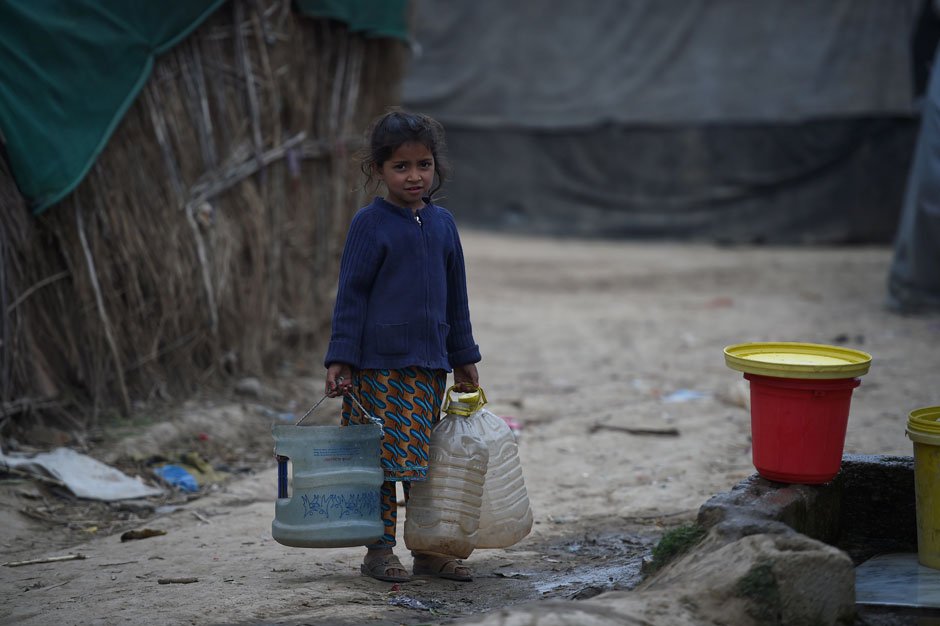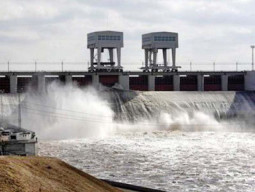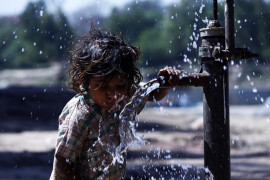
ISLAMABAD: For the first time in the history of Pakistan, Punjab has agreed to lend 4,000 to 5,000 cusecs of water to Sindh to avoid an expected shortfall of drinking water after dangerously low level of water at Mangla and Tarbela dams raised a red flag.
Talking to The Express Tribune on Thursday, Indus River System Authority (IRSA) spokesman Khalid Rana said the decision was taken after a detailed discussion with the Punjab government.
After the meeting, Irsa closed TP Link, Panjnad and Trimmu canals till March 31, he said.
Acute water shortage expected from next week in Sindh
“It is happening for the first time in the country that these canals have been closed to divert water to Sindh within two days so that at least 4,000 to 5,000 cusecs of water will be available for the province to address the expected water shortage,” said Rana. “The additional water will go into Guddu Barrage and help increase its level from 17,000 cusecs to 22,000 cusecs within two days.”
He said the situation has arisen after Mangla Dam and Tarbela Dam’s water reservoirs reached their dead level.
The water level at both the major reservoirs is at dead level since March 11 and the situation is likely to continue till March 25, he said.
“From March 25 onwards, we are expecting the temperature to rise and glaciers to melt, increasing the water level in the reservoirs,” said Rana.
He said if the situation of the major dams continues to remain the same after March 31 then it will have an impact on cotton sowing which will ultimately cause economic loss to the national exchequer. Irsa’s advisory committee will meet on March 31 to analyse the situation and take further decisions, he said.
Water shortage: Farmers of Sindh appeal to Punjab for help
When contacted Pakistan Meteorological Department (PMD) Director General Dr Ghulam Rasul said currently no good rains are expected in the country to increase water level in the two major reservoirs.
Glaciers start melting by the end of April when temperature goes up in northern areas.
“Glaciers never start melting in March so it’s too early to rely on them for filling the reservoirs,” he said.
Published in The Express Tribune, March 24th, 2017.























































COMMENTS (3)
Comments are moderated and generally will be posted if they are on-topic and not abusive.
For more information, please see our Comments FAQ